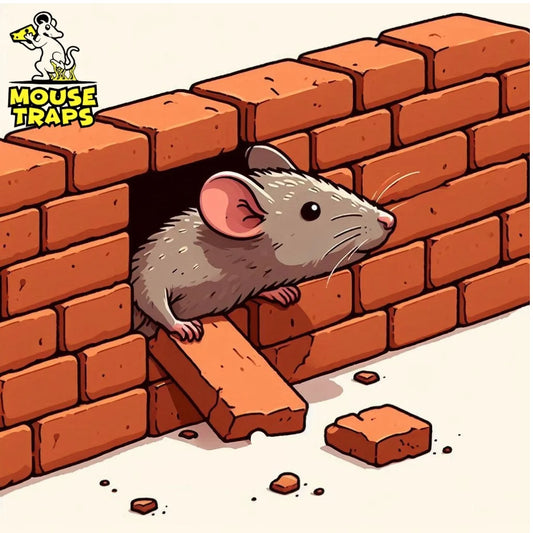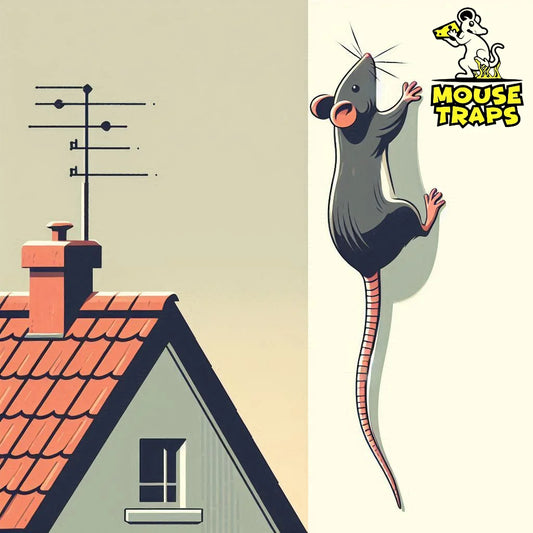Introduction:
When dealing with pest control, one crucial aspect often overlooked is the proper disposal of rat carcasses and waste materials. Improperly getting rid of rat carcasses and waste doesn't just put health at risk. Also harms the environment. Wondering how to properly dispose of them? Lets explore the steps and precautions.
Understanding the Risks:
Prior, to exploring how to dispose of them it's crucial to grasp the dangers linked with mishandling rat carcasses and waste materials. Rats harbor diseases like leptospirosis, hantavirus and salmonellosis which can spread through contact, with their bodies or droppings. Therefore, proper handling and disposal are paramount to avoid contamination.

Protective Gear and Precautions:
Before attempting to dispose of rat carcasses or waste materials, ensure you have the necessary protective gear. Remember to wear gloves, masks and sleeved clothing to avoid touching. Also make sure pets and children stay clear of the disposal area to reduce the chance of exposure.

Data Point: The Centers, for Disease Control and Prevention (CDC) warns that coming into contact, with rat urine or feces can result in health issues underscoring the need to be cautious when handling disposal.
Identifying Suitable Disposal Sites:
When selecting a disposal site for rat carcasses and waste materials, opt for areas away from human habitation and water sources. A secluded spot in your backyard or a designated waste disposal area is ideal. Avoid areas frequented by pets or wildlife to prevent scavenging and further spread of diseases.

Data Point: A research report released in the Journal of Environmental Health revealed that incorrect handling of rat remains and waste products played a role in the transmission of diseases, from animals to humans, in cities underscoring the importance of following disposal procedures.
Disposal Methods:
Now, let's explore some effective methods for safely disposing of rat carcasses and waste materials:
Burial:
One of the simplest and most environmentally friendly disposal methods is burial. Dig a hole at least two feet deep, place the rat carcass or waste materials inside, and cover it with soil. Ensure the burial site is well-marked to prevent accidental disturbance.

- Dig a hole at least two feet deep.
- Place carcass or waste materials inside.
- Cover with soil.
- Mark the burial site.
Data Point: According to pest control experts, burying rat carcasses and waste materials reduces the risk of scavengers spreading diseases and minimizes environmental contamination.
Incineration:
For those with access to incineration facilities, burning rat carcasses and waste materials is an effective disposal method. Ensure the fire is adequately contained and follows local regulations regarding waste incineration.

- Use incineration facilities.
- Follow local regulations.
- Contain the fire adequately.
Data Point: Incineration is recommended by the Environmental Protection Agency (EPA) as a safe and efficient method for disposing of infectious waste, including rat carcasses and waste materials.
Chemical Disinfection:
Chemical disinfection is another viable option for safely disposing of rat carcasses and waste materials. Use EPA-approved disinfectants to eliminate any pathogens present before disposing of the remains in a sealed bag.

- Use EPA-approved disinfectants.
- Ensure proper ventilation.
- Dispose of remains in a sealed bag.
Data Point: Research has indicated that using disinfection is efficient, in eliminating types of pathogens, which makes it a viable option, for sanitizing rat remains and discarded materials.
Cleaning and Decontamination:
Once the carcasses and waste materials are disposed of, thoroughly clean and disinfect the area to prevent further contamination. Use hot water and detergent to scrub surfaces, followed by a disinfectant to kill any remaining pathogens.
Data Point: The CDC recommends using a solution of one-part bleach to ten parts water as an effective disinfectant for cleaning areas contaminated by rat carcasses or waste materials.
FAQs:
Q: Can I throw rat carcasses and waste materials in the regular trash?
A: No, it is not advisable as it can pose health risks to waste management workers and potentially spread diseases.
Q: How long does it take for a buried rat carcass to decompose?
A: Depending on environmental conditions, it can take several weeks to months for a rat carcass to decompose fully.
Q: Is it necessary to wear protective gear when handling rat carcasses or waste materials?
A: Indeed it is crucial to wear gloves, masks and sleeved attire to reduce the chances of coming into contact, with pathogens.
Q: Can I use household disinfectants to clean areas contaminated by rat carcasses?
A: While household disinfectants may be effective, it's recommended to use EPA-approved disinfectants for thorough decontamination.
Q: What should I do if I find a large number of rat carcasses on my property?
A: Reach out to your pest control experts or animal control services for help, with removing and disposing of the deceased animals.
Conclusion:
Disposing of rat carcasses and waste properly is essential to stop diseases from spreading and keep the environment safe. By following the recommended methods and safety measures you can reduce the dangers linked to pest problems and safeguard your health and that of those, around you. Remember, safety first when dealing with rat carcasses and waste materials.




